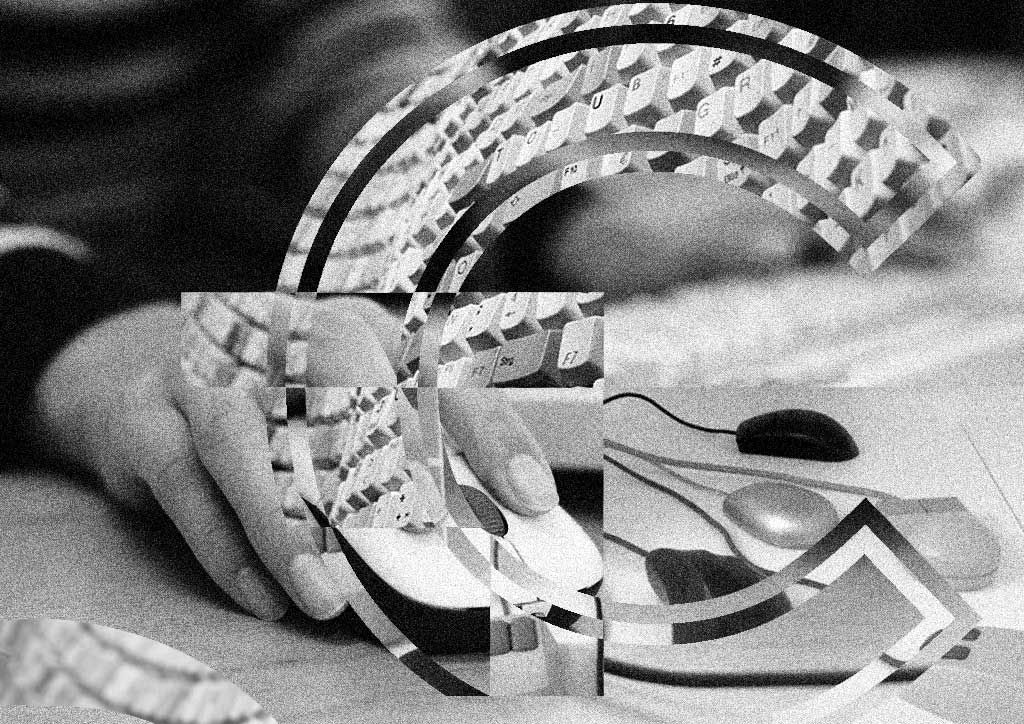
Nowadays, it is hard to deny ourselves how we are intertwined with our online lives. At the very least, your mobile phone is present constantly, on your work desk, next to your meal, in your pocket, with the slightest awareness that it will light up drifting you to a message attracting your eyes. As we are communicating through different online communication platforms, we have merged our online habits into daily activities.
Online interaction has played a constant major role for us. Still, as part of our daily dose in scrolling through social media feeds, we ought to realize that online interaction will never level with face-to-face communication. The online environment offers an inclination to form self-representation from a self-portrayal to building a persona. Yet, what leads our tendency to maintain an impressive self-representation online?
The idea of presenting ourselves with complete authenticity has been questioned through the development of social media platforms throughout the years. It has become an intriguing concept, as complete authenticity is difficult to be presented online.
Overwhelmed with the options of being able to communicate online, we have narrowed the ways from instant messaging in serving its loyalty for a more direct communication, to social media platforms in offering an insight to friends and relatives’ daily lives in the average sense of, “Okay, I see what’s happening in your life – good to know.”
The insight given through social media updates does give an understanding of how peers are, but it soon became more than having to relieve “good to know”.
It isn’t breaking news that the online environment, particularly in social media, can offer us a better experience than what’s actually happening. Still, I don’t deny that it doesn’t for me – some meetings and night-outs turned out to be visually better with a filter.
The online environment becomes a place to attract attention we could not attain before. Even in 1959, Canadian sociologist Erving Goffman claimed that the self ‘performs’ in the every day life ‘stage’ to satisfy others’ impressions. Though Goffman’s observation refers to the face-to-face interaction in a theatrical manner of an actor to a stage, this idea implies as an extended notion of ‘performing on a stage’ for our online representation in social media, giving us the opportunity to maintain an ideal image that would meet others’ impression and self-satisfactory.
With social media, we are in the centre stage, as what social media researcher Danah Boyd believe as ‘the invisible audience’. Boyd stated that, ‘… the value of imagining the audience or public is to adjust one’s behaviour and self-presentation to fit the intended norms of that collective.’ In the attention of a presented audience, there is a choice of ‘editing’ ourselves, whether it is from a selective portrayal or towards creating a persona.
A while back, a friend of mine emphasized that the online experience gives her the opportunity to build and preserve an illusionary persona, a persona she created for herself. In its sense, it is appealing for her to have an attractive profile, as many would find similarly.
Nevertheless, as American philosopher Nelson Goodman has noted in his work ‘Languages of Art’ (1976), he indicated that we cannot represent something as it is in all its complexity – we represent something as something. In the relevancy of presenting yourself online, you represent yourself as something, as someone, as a person of a certain kind, which cannot simply be you as a whole.
And so, we don’t depict ourselves completely online – who would want to know every trait of our behind-the-scenes, anyway? We present what we want to present, what we want others to see, what we expect and what they expect. We motivate ourselves in seeking for our ‘best’ persona, resulting to gaining the audience’s expectations and assures our own confidence, creating a comfort zone.
The individual’s behavior in attracting attention to an imagined, invisible audience allows us to exhibit our daily lives to a level that we have never been before. Our lives can be showcased more than it is fantasized, portraying a ‘real’ experience within the online experience. To show-off in representing the real, or to showcase to inform, even to depict in seeking for jealousy and envious feelings are craved for.
As a result, there is a cycle that comes from the self, for the self, stimulating the evolvement of self-representation with the influence of reacted responses. As we share updates into our social media feeds, we channel a reaction from those who view them, often leading to an interaction that can be seen as validity of that certain representation of the self.
Self-representation does not merely come from the self, but the interaction occurred within has played its influences from satisfying ourselves from others’ validation to eliminating our own confidence. The tendency to do this has become a necessity, forming an addiction to constantly seek for validation. The purpose of sharing updates evolves into an essential role to present ourselves in the best way we want to for others’ impression.
It is selective, and it is seemingly ideal to share what appeals others, or for our own impression. It takes away the struggles and effort, only to portray the near-to-perfect lives we built.
Though we realize this comfort zone, we do not stop portraying our better personas. But, how much of it has taken you in to believing yourself in experiencing your better persona in real life?











